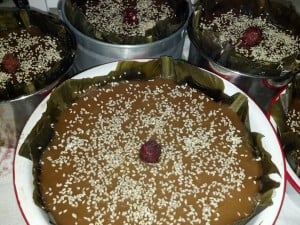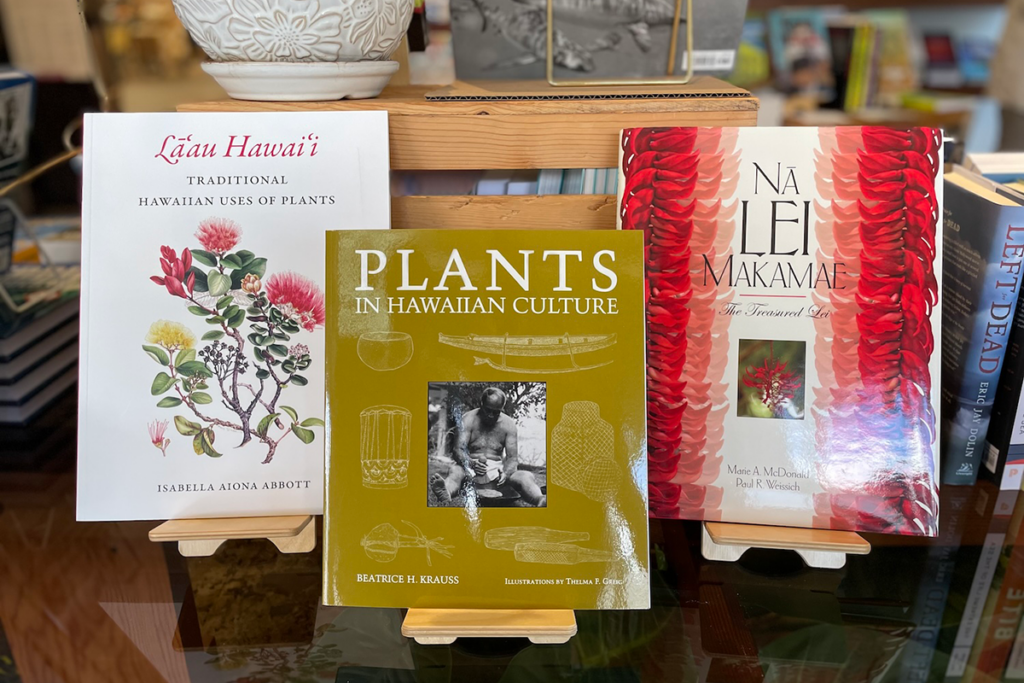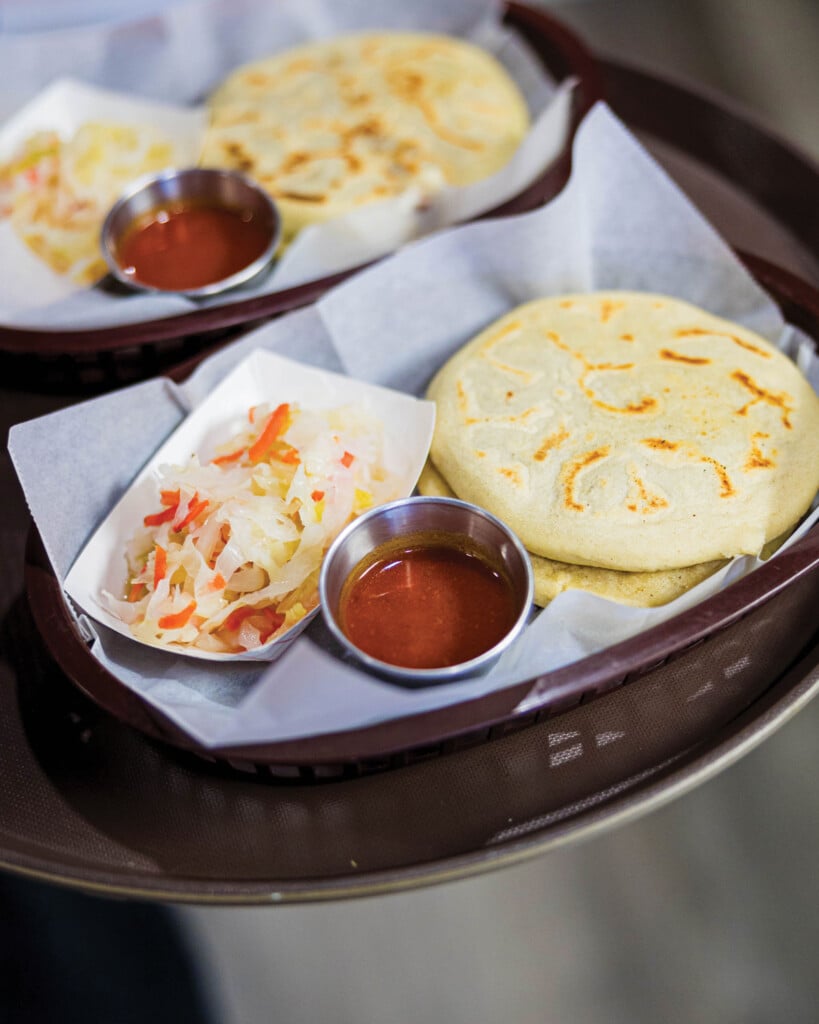Chinee Like Me: Making Gau
Yes, Chinee: A local Chinese-American says her popo’s old-fashioned gau was the best, but this recipe comes close.
Editor’s Note: Originally published 10 years ago, this post about a grandmother’s Chinese New Year tradition is a timeless tribute.
No one makes gau better than your own popo. Period.
When I was little, my popo—a.k.a. the local-style free babysitter—took care of me while my parents were at work. Every Chinese New Year, she would make large batches of gau in gigantic steamer pots after kneading the dough on the lined floor. The process took a full day, maybe two or three total, and at the end, she would ladle the first batch of molten hot gau into a coffee cup for me to try. Popo’s gau always passed the taste test.

From left: My mom, Popo and Aunty Irma. Photo: Melissa Chang
Everyone’s popo makes gau different: Yours may have put in more coconut, others may have made it sweeter. Whatever recipe you grew up with is, to you, the best gau … and no store or restaurant can ever live up to that standard.
My popo’s recipe was not too sweet, not too coconutty, and definitely did not have coconut shavings. That very distinctive flavor is hard to find, especially in commercial kitchens, but my friend Lynda Takara makes one that’s pretty darn close. So with her permission, I’m sharing her recipe for old-fashioned gau so you can make it yourself. If you want to know if you did a good job, let me know where I can pick up my sample (hint, hint).
By the way, the gau is a new year treat for several reasons: The roundness symbolizes unity, and the red date, of course, symbolizes good luck. As with all Asian cultures that have mochi, it’s believed that the family that eats gau together, sticks together. Happy New Year!
SEE ALSO: Celebrate the Year of the Dragon With Lion Dances and More Festivities
Old-Fashioned Gau
From Lynda Takara, in her words.
Ingredients:
- 3 1/2 lbs. dark brown sugar
- 8 cups water
- 4 lbs. mochiko flour
- 6 teaspoons oil (vegetable or canola)
- Toasted sesame seeds
- Dried red dates
- Ti leaves to line the pans (need about four medium to large size leaves per pan)
- Nonstick spray or oil
Makes three 9-inch pieces of gau.
Prep:
About a week before making my gau, I’ll pick my ti leaves. To soften it, I’ll either boil it or put the whole thing in a large plastic bag with a little water and microwave it for five to 10 minutes until it gets pliable. Once it cools down, I’ll put it in a plastic bag and save it in my freezer until needed. You can do this a month ahead, as freezing makes the ti leaf easier to work with.
The night before: Boil the dark brown sugar and water until sugar melts. Cool completely.
The next day: Thaw the ti leaves and set aside.
Add mochiko (small batches at a time) to the sugar/water and mix until smooth, NO lumps. I use my hand to mix and break up the balls of mochiko (you’ll see what I mean when you start mixing). My cousin uses a hand held blender, she says it’s so much easier! Add the six teaspoons oil to batter. Mix well and put aside.
Prepping the pans:
Place ti leaves over gau pans, about four per pan (depending on size of pan), press leaves down into pan and trim to about one inch above the top of pan. Make sure the leaves overlap, so the gau will not ooze into the pan. Spray with Pam or oil (this makes it easier to peel off when eating).
Pour mixture into pans, about half an inch from the top of pan. If you don’t leave the space, the gau will overflow and make a mess! (Gau will expand while steaming.)
Cover entire pan with foil, and form the foil like a dome. This will keep the steam from falling onto the gau while steaming.
Steaming:

Three regular gau versus one large gau.
Depending on the thickness of the gau, time for steaming will vary. I usually make three gau with this recipe (8 or 9 inches in diameter and about 3 inches thick). I steam for 3.5 to 4 hours on medium high heat. Make sure you check your water level in the steamer, as you will have to refill it quite often.
Caution: When opening the lid, the steam is VERY HOT, so be careful and use a potholder or kitchen mitt. If you decide to make one BIG gau, you may have to steam it for six hours or more. I don’t think you can ever oversteam a gau!
After steaming, take out from steamer, take off the tin foil and immediately garnish with sesame seeds and the red date in the middle. Later, you can give the ti leaves a final trim! Now you’re done!
It can be eaten that day, and make sure you use a plastic knife to cut the gau (doesn’t stick).
Tip: I use a triple steamer to make three gaus at once, but I have to rotate it.









